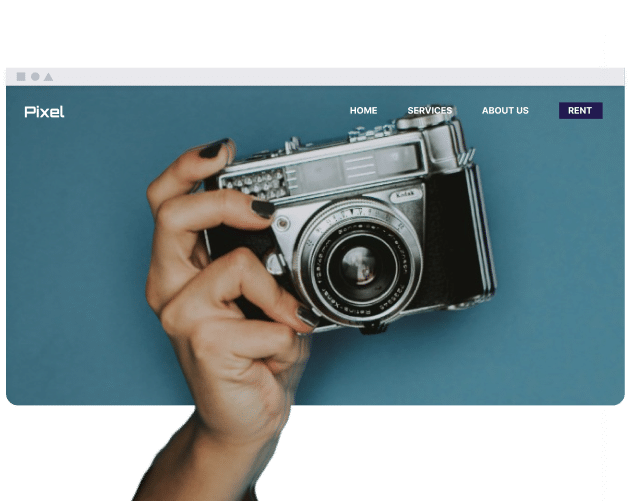What are the key elements of a well-designed Booking Form?
Forms that present a balance between appearance and functionality may influence user perceptions of confidence and security during the process. Some of the main features of the forms are:
• Customizable fields: Businesses can utilize these to request specific information related to the service/product being offered.
• Date and time selectors: Using a calendar interface showing available times allows users to choose, possibly affecting the extent of required discussions.
• Payment integration: Integrating secure online payment options directly into the form may affect the ease of payment processing and potentially the speed of booking.
• Confirmation notifications: Upon booking completion, an email or SMS confirmation is automatically sent.
• Interface design: A layout that works on desktop and mobile may reduce instances of user frustration with navigation.
What are the common mistakes to avoid when creating a Booking Form?
User experience considerations during booking form creation have an association with observed error rates and form abandonment. Thus, to be successful, you need to prevent such situations from happening:
• Requesting excessive data: Focus on acquiring only the data that is deemed necessary. User completion rates for online forms can be associated with the form’s length; it impacts overall completion.
• Employ clear and straightforward labels and directions: Simple wording can affect how quickly and confidently users complete forms, which may relate to error rates and overall experience.
• Otimização para dispositivos móveis is a factor: Optimized forms may facilitate form completion on various devices, potentially affecting completion rates.
• Challenges in CTA identification: The ease with which a user locates the “Book Now” or “Submit” button may affect their overall experience.
• User notification upon submission: It is common practice to provide users with a confirmation message or redirect them to a thank-you page after form submission.
How has technology changed the way we use Booking Forms?
Technology links to booking forms by changing the level of dynamism and their integration with business operations. The shifting away from static paper forms toward interactive digital solutions has been observed alongside variations in efficiency and customer satisfaction. Modern booking software enables real-time availability updates, automated confirmations, and calendar syncing, which may affect time and resource management.
What are the different types of Booking Forms?
The kind of booking form relevant to you is based on the details of your services. The primary types are:
• Appointment scheduling forms: These are the forms that service-oriented businesses such as salons, clinics, or consultants make use of.
• Event registration forms: These forms are suitable for managing attendance at workshops, webinars, or conferences.
• Reservation forms: These are the forms that are typically used in hospitality businesses, such as hotels, restaurants, and rentals.
What’s the difference between a Booking Form and a Contact Form?
A booking form and a contact form are two very different things. A booking form is developed for direct transactions to get a particular time, date, or item. A contact form is for general inquiries, feedback, or questions. Although both forms require user information, a booking form is what makes a reservation, and a contact form starts a discussion.
How can I create a Booking Form for my business?
Several methods are available for building a business booking form, with varying degrees of complexity. The most straightforward options are:
• Website builders such as Squarespace or Hocoos AI offer platforms with built-in form builders, providing users with tools to create forms.
• Specialized booking software, such as Calendly or HubSpot’s Meetings tool, is designed for scheduling and offers features like payment integration and automated reminders.
• For WordPress users, WPForms and Gravity Forms are plugins that provide customization options to aid in form development.
Conclusão
Automated booking forms are used for reservations; they are crucial in limiting inaccuracies. The customer experience could be affected by focusing on a design that is easy to use and clearly demonstrates data availability. Integrating forms with other business tools through technology may influence operational processes and customer loyalty.

